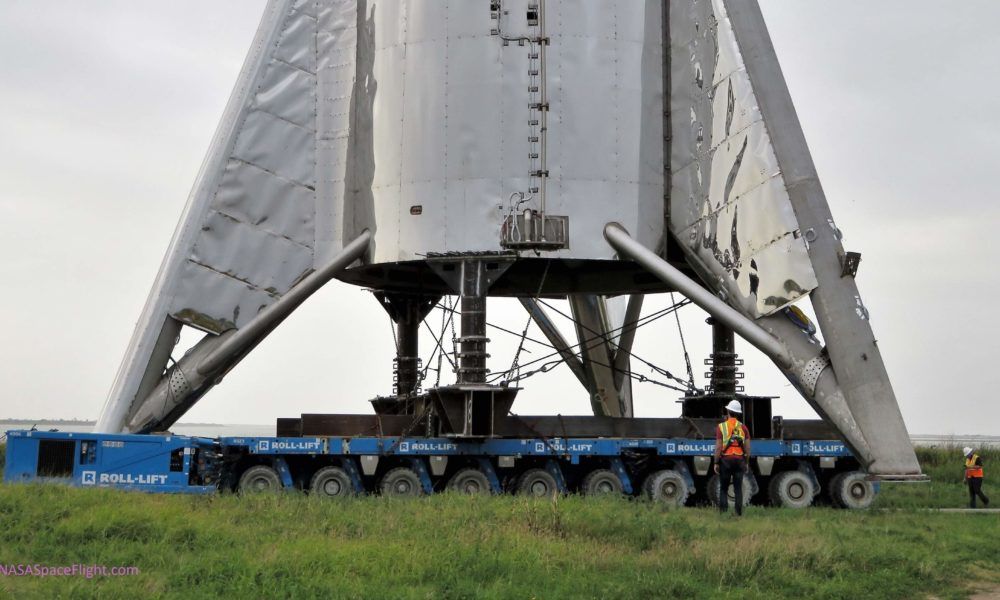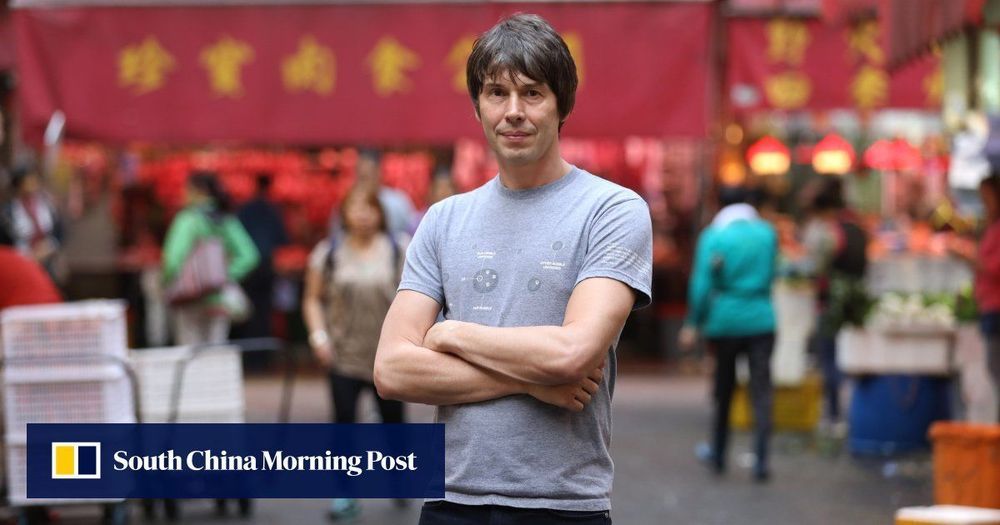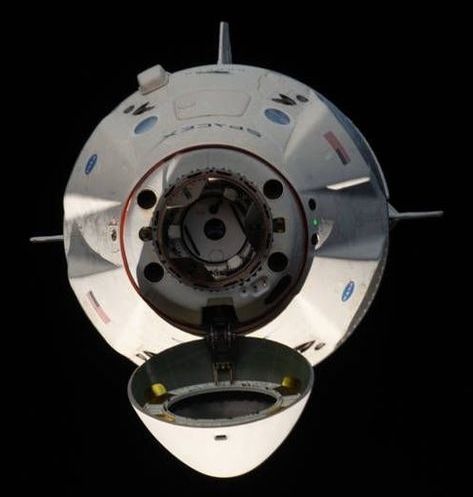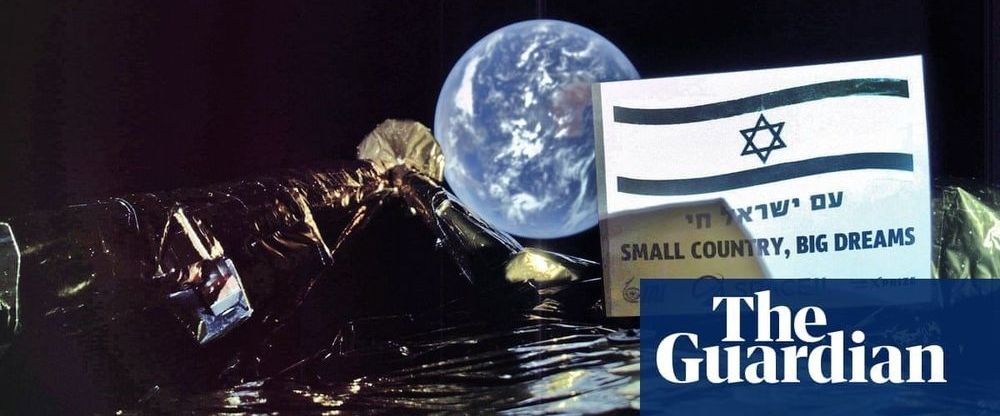Over the last two or so weeks, SpaceX engineers and technicians have continued to make progress on the company’s first full-scale Starship prototype, intended to support experimental suborbital hop tests as early as March or April.
That work reached a peak on March 8th when the massive Starhopper was transported from build site to launch pad on a brand new transporter that was delivered and assembled barely 48 hours prior. Ahead of the suborbital prototype’s move, work has been ongoing to construct a replacement fairing for the partial-fidelity vehicle, although there is a chance that the new BFR-related stainless steel sections being assembled could be the start of the first orbital Starship prototype.








